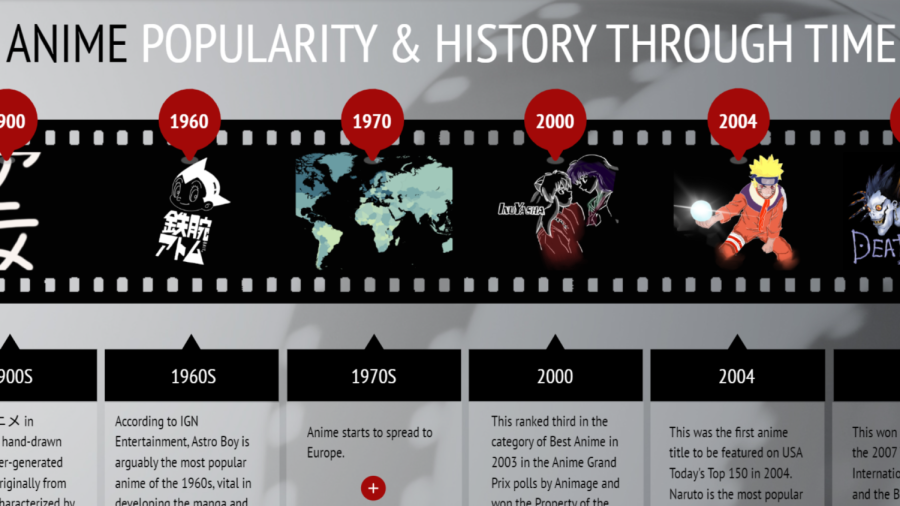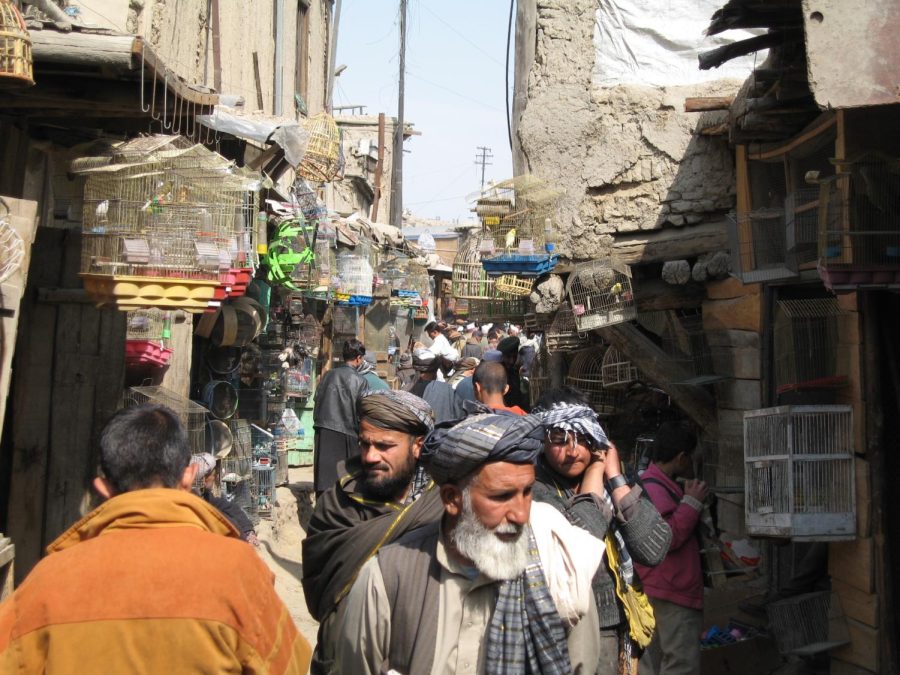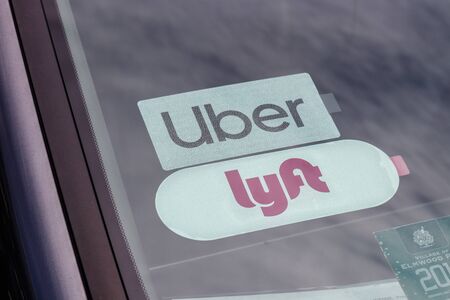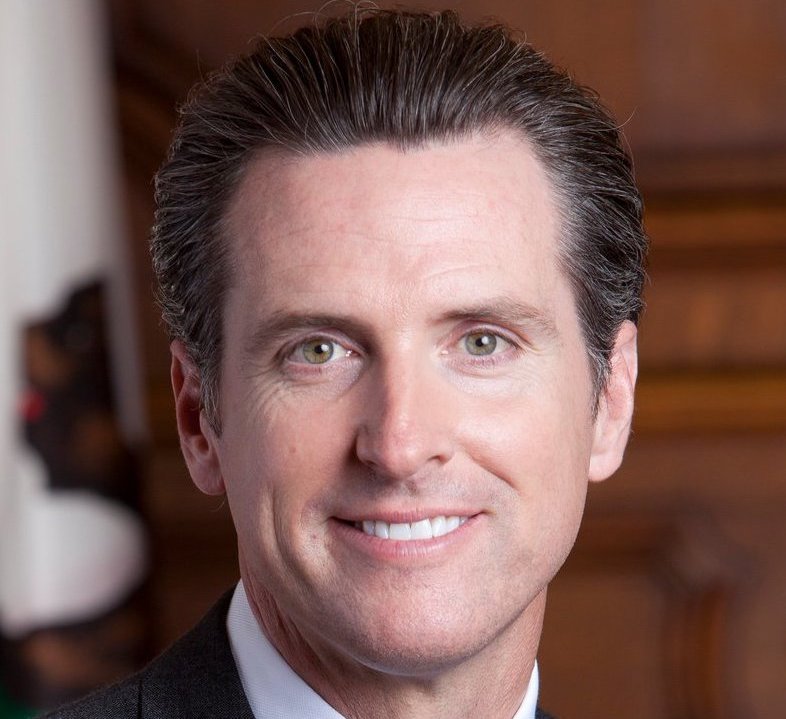The Kony 2012 campaign was created to spread awareness of the charity Invisible Children, who asks for donations alongside promotional items, such as buttons and signs, geared towards spreading their message. But where exactly does the money go?
According to their website and Charity Navigator (a leading website that rates charities based on their financial records), 80 percent of the collected donations go directly to the people on the ground in Africa. That means that about $7,000,000 in donations go to programs that protect and rebuild towns from the Lord’s Resistance Army.
For example, Invisible Children uses some of that money to demobilize and surrender child soldiers via FM radio broadcasts, and to reintegrate former soldiers into society.
Money also goes to Invisible Children’s awareness campaign, the most obvious of which is the Kony 2012 video. Awareness resulting from this advocacy has, according to their website, lead to US support of the Juba peace talks between the LRA and Ugandan government, in the form of a US special envoy and the passage of the LRA Disarmament and Northern Uganda Recovery Act (sponsored by Senate Foreign Relations member Russell Feingold, D-WI).
This is a bill that essentially states that capturing or killing Joseph Kony of the LRA is official American policy, which was backed up in 2011 when President Barack Obama sent 100 military advisors to assist the Ugandan government track fight the LRA.
Invisible Children is careful to note that while they support the Ugandan government, citing it as the only feasible way to capture Kony, they do not support them monetarily. Or, in other words, donations to Invisible Children are not given to the Ugandan government.
In addition, 16 percent, or $1,400,000 goes towards administrative expenses, such as salaries of the people hired to rebuild and protect the towns. The top salaries-a combined three percent of administrative expenses go to Invisible Children Inc. CEO Ben Keensey, and Kony 2012 producers Jason Russell and Lauren Poole, who each made an average of $87,429.
While 3 percent sounds like a lot of money, similar charities often award around one to five percent compensation for their leading executives.
That leaves four percent, or $286,678 that is directed towards fundraising, such as producing the Kony 2012 campaign.
Invisible Children Incorporated is a Form 990 charity that was created in late 2003 in San Diego. Invisible Children came into the spotlight with the release of the Kony 2012 campaign in early March 2011. As their website shows, revenue doubled after the release of Kony 2012, as the video went viral. Income went from just over $8,000,000 in 2010 fiscal year to over $13,000,000 in 2011.
However, with the increased attention came increased scrutiny over the company’s financial records. Charity Navigator only gave Invisible Children and overall score of 54 (out of 70), citing the lack of independent board members and an independently audited financials.
In addition, controversy stems from Invisible Children’s reluctance to participate in the Better Business Bureau accreditation program, citing on their website that, “Participation in BBB’s program is voluntary– we are choosing to wait until we have expanded our Board of Directors, as some questions hinge on the size of our Board.”
While there is some controversy surrounding the financial details of Invisible Children, the charity is recognized by the government as an official Form 990 tax-exempt charity.
Invisible Children’s financial statements are also available to the public at: www.invisiblechildren.com/financials.html, on their website, in additon to Charity Navigator at: http://www.charitynavigator.org/index.cfm?bay=search.summary&orgid=12429.






